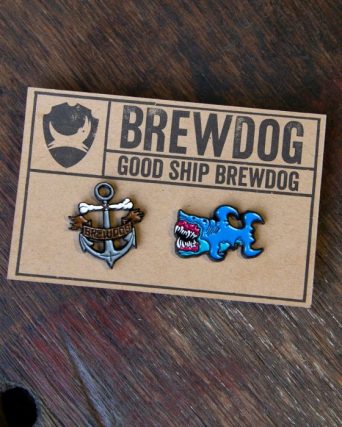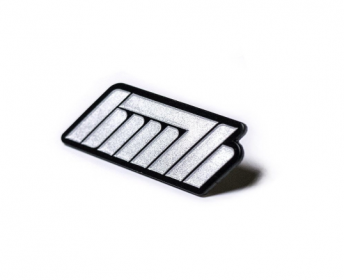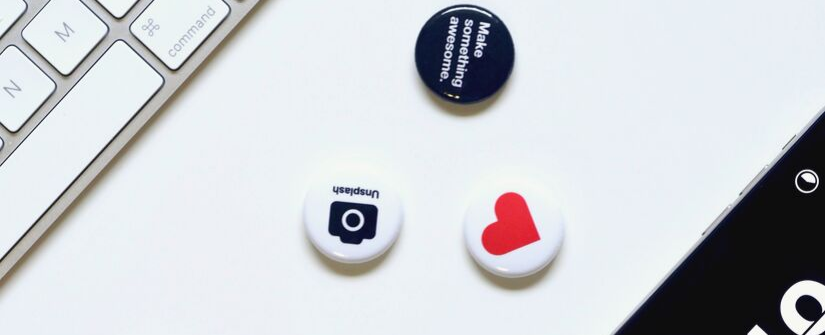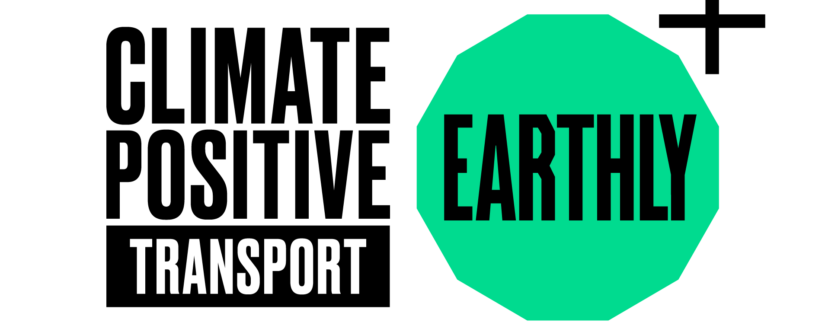Whether you’re a brand marketing manager or a creative illustrator, more and more people are producing unique custom merchandise for sale both online and off. With the right support and strategy, you too can tap into custom merchandise to promote your brand, find an outlet for creativity and generate additional income. In this post, we present a few tips for how to transform your brand and creativity into profitable, covetable merchandise.
1) Consider your Customers
Before you launch into the fun design stuff, pause and consider your potential customers. Who are they and for what purpose would they buy your merchandise? Perhaps they’re looking for something to wear or seek something useful for their home. Or maybe they’re shopping for unique gifts for birthdays and special occasions. Considering your customers and their motivations will give you a good idea of the best products to make.
Badges are a great all-purpose choice, since they appeal to nearly all demographics and occasions. They’re also relatively low-cost to produce, making them a great entry point into the merchandise space. If you’re trying to set your badges apart from others, one tip is to package them as sets. Take for example, this shark and anchor pin set created by BrewDog and designer by Aberdeen artist and in-house graphic designer Craig Fisher.

Brewdog
While badges are a perfect choice for your enterprise, there really is no limit to what you can and cannot make for your customers. After all, that’s the beauty of starting your own custom merchandise line! At Rocket Badge, our expertise extends beyond just badges to a wide range of customisable products. Here are just a few ideas:
- General gifts: Keyrings, badges, reusable bags, drinkware, umbrellas and hammocks
- Home and décor: Mugs, glass drinkware, wine markers, coasters, cheese and wine sets, cocktail sets, teapots, cutting boards, tableware, BBQ tools, hand towels and aprons
- Clothing: Bandanas, custom caps and hats, athletic gear, polo shirts, sweatshirts, t-shirts and robes
- Kids: Rubberised soft PVC badges, flashing badges, games, toys and plush animals
- Corporate/business: Cufflinks, ties, stationary, commemorative badges or name badges, paperweights, letter openers, mousepads and neckwear
- Sports and leisure: Water bottles, gym bags, golf equipment, sunglasses and gym towels
2) Plan your Price Points
As you plan your products, consider your price points. One tip is to offer a range of products to meet different budgets. Badges, again, are a great place to start; their low production cost, but high perceived value means that you can retail them at a lower price while still making a profit. Consider supplementing badges or other low-price items with an intermediate and high-end option for your customers seeking a bit more luxury.
For example, the Sheffield-based rock band Bring Me the Horizon offers a wide-range of merchandise in their online shop at varying price points. Die-hard fans might splurge £70 on a zip-up hoodie, while lower-cost items such as badges and keyrings offer budget-conscious fans the opportunity to show their support as well.

Bring Me the Horizon
Another tactic, expertly employed by illustrator Laura Crow, is to pick an ideal price point for your customer and offer a consistent range of products at or below that cost. Laura makes and sells a vast selection of beautiful enamel pins, greeting cards, gift tags and wrapping paper that are all high-quality, yet affordable.
3) Share your Stuff!
Our last bit of advice is about how you promote and sell your new merchandise. Our tip: promote your merchandise whenever, wherever and however you can! Share your merchandise on social media channels and consider selling your items on established e-commerce sites like Etsy and Amazon Handmade. (For more tips, see this previous post about selling your designs online.)
While social media and online stores will help you reach a large audience for little effort, don’t forget the power of face-to-face sales. By selling your merchandise in person, you can get valuable and immediate feedback from customers and see what types of products and price points people gravitate toward. The conversations you have might even help you identify an entire new line of custom products. If you don’t have the space to sell your products on-site, consider reaching out to local businesses to see if you could set up a table or booth, or consult any number of listing sites to identify upcoming festivals in your area.
We hope this post helps entice you to launch your own custom merchandise. We’d love to hear more about your designs and brainstorm some creative, stunning applications on any number of products, from badges to blankets to bags.



